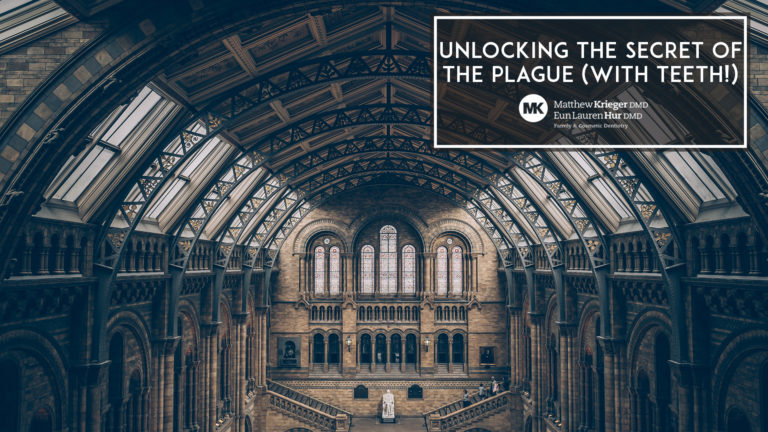There’s nothing quite like a beautifully rich cheesecake or a thick, medium rare steak, but you’ve reached a point where the heartburn and acid reflux just aren’t worth the amazing flavors of your favorite dish. Your dentist expressed concerned about your tooth enamel at your last visit, is it possible that these two things are connected?
Dentists are on the Digestive Front Line
Few patients realize that potentially serious conditions like GERD (gastroesophageal acid reflux disease) can be detected by dentists before your medical doctor has even been told about your symptoms. If you think about it, though, your dentist is kind of in the digestive front lines. They see the results of what goes into your mouth, whether that’s food, drink or stomach acid.
Left untreated, GERD can ultimately destroy your smile by causing your teeth to develop dark spots or darken entirely.
From a dental perspective, GERD can manifest in several ways, so watch for:
- Irritated gums
- Changes to the back sides of the teeth
- Sharp tooth edges
- Thinning enamel
- Sensitivity to foods
- Sour tastes in the mouth
It’s far more likely that your dentist will notice the changes to your enamel before you do, since it’s difficult to see the more frequently damaged areas. A dental mirror can help you keep an eye out for problems between visits.
Left untreated, GERD can ultimately destroy your smile by causing your teeth to develop dark spots or darken entirely. That’s not just a red wine stain, it’s a problem that may require significant dental work over an extended period of time.
Treating GERD and Restoring Your Smile
In order to treat GERD, you’ll need to see your medical doctor and follow their recommendations. Many patients are able to simply modify their diet and eating habits, for example, by eliminating fatty foods or making sure to eat more than three hours before bedtime. In other cases, patients may need medication that blocks the production of stomach acid, called proton pump inhibitors.
It’s vital that your GERD is treated before we start to work on your damaged teeth, since anything we do before will simply be undone when your stomach acid washes over your teeth again. Stomach acid has a pH around 2.0, but your dental enamel starts to dissolve when weaker acids, around a pH of 5.5, are present.
Dental Restoration for GERD Patients
When your dentist notices the damage from GERD on your teeth, it may be fairly early on. Early damage gives your teeth a chalky look, stealing all the shine. As damage gets worse, it becomes more obvious. Luckily, we can do something to help.
Your teeth naturally bathe in a buffering and cleaning agent that’s contained in saliva, but with GERD, that protective shield is washed away. One of the methods we have to restore your smile is called remineralization therapy. It can be done in two parts, one that’s done in the office to really kick start your teeth on the road to repair and a second that you do at home daily.
This highly effective treatment includes the application of fluoride, calcium and phosphate ions in the office and oral rinses, gels and toothpastes designed specifically for remineralization at home. These easy treatments are possible in the early stages of tooth thinning due to GERD, but if you let it go too long, we may have to create new veneers or entirely new teeth.
It’s About Time for a Checkup…
Regular check-ups are the best way to keep an eye on dental symptoms of GERD. Since we’ll have records from your last check-up, we can compare the two to see if you’re experiencing progressive tooth thinning or other signs of acid damage to your teeth.
Drs. Krieger and Hur are experts in cosmetic dentistry, giving you a whole new chance at a brilliant smile after GERD. Just call the office at 201-560-0606 or email us today and we’ll find a time that works for your busy schedule.


